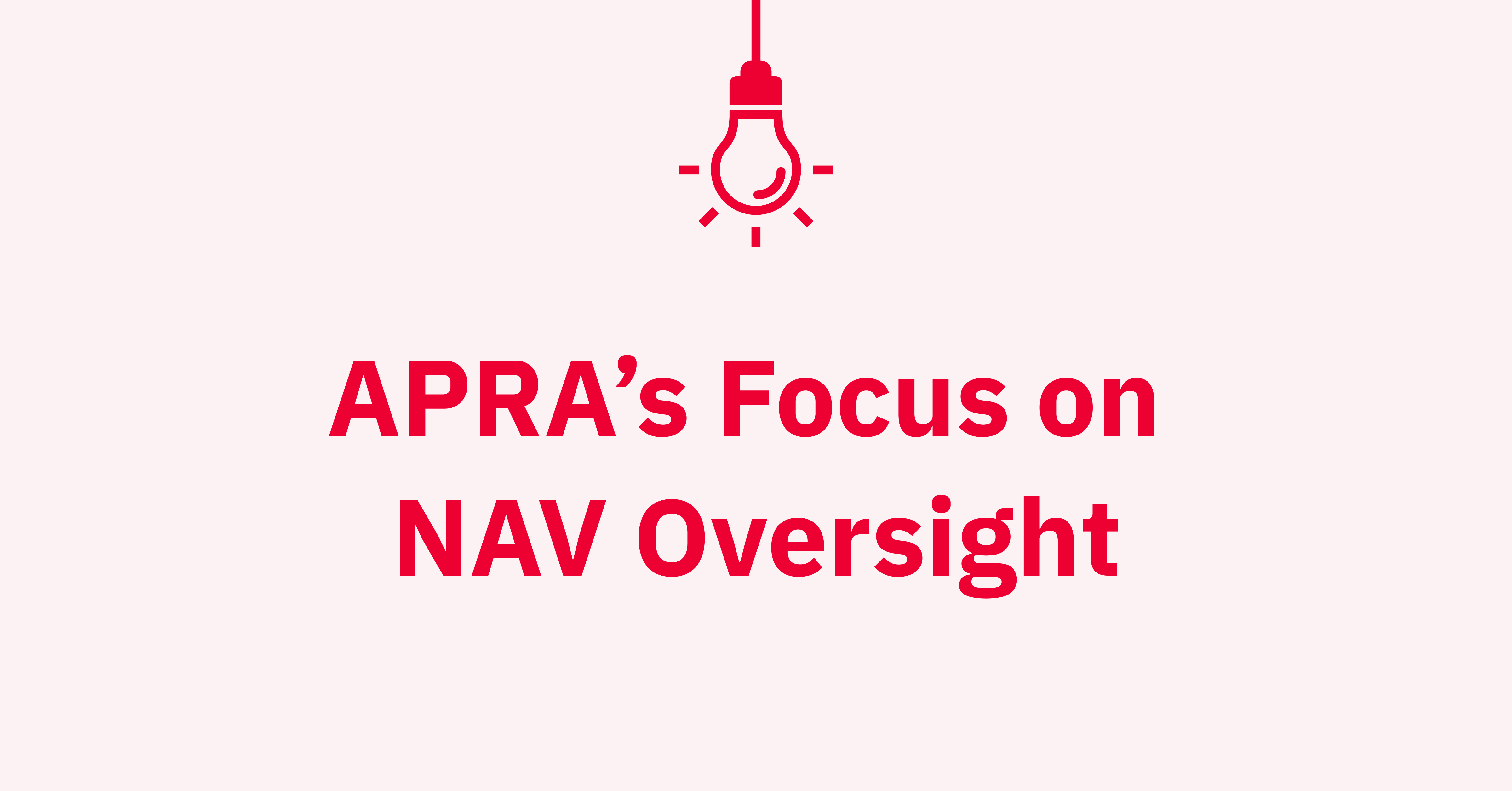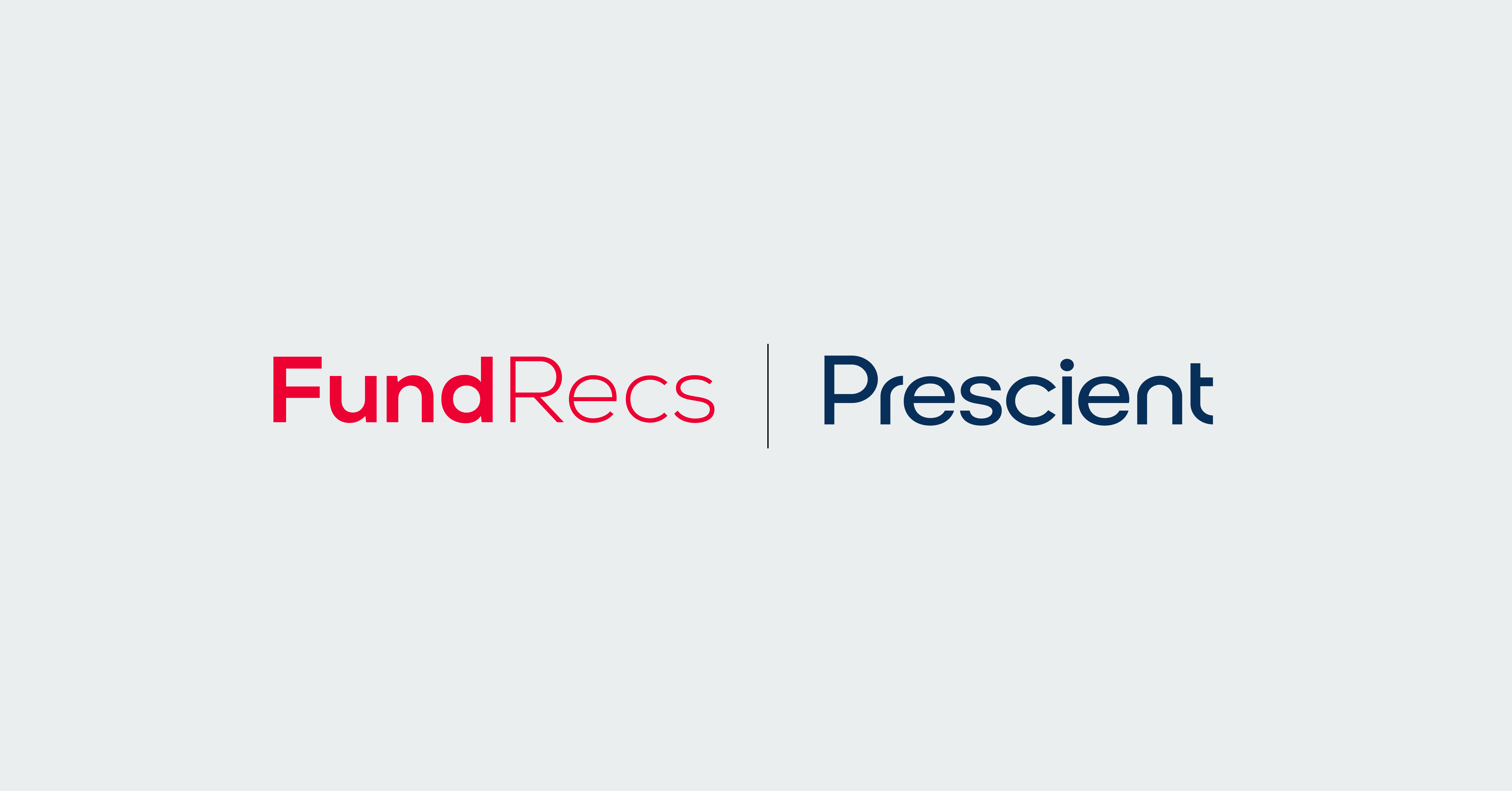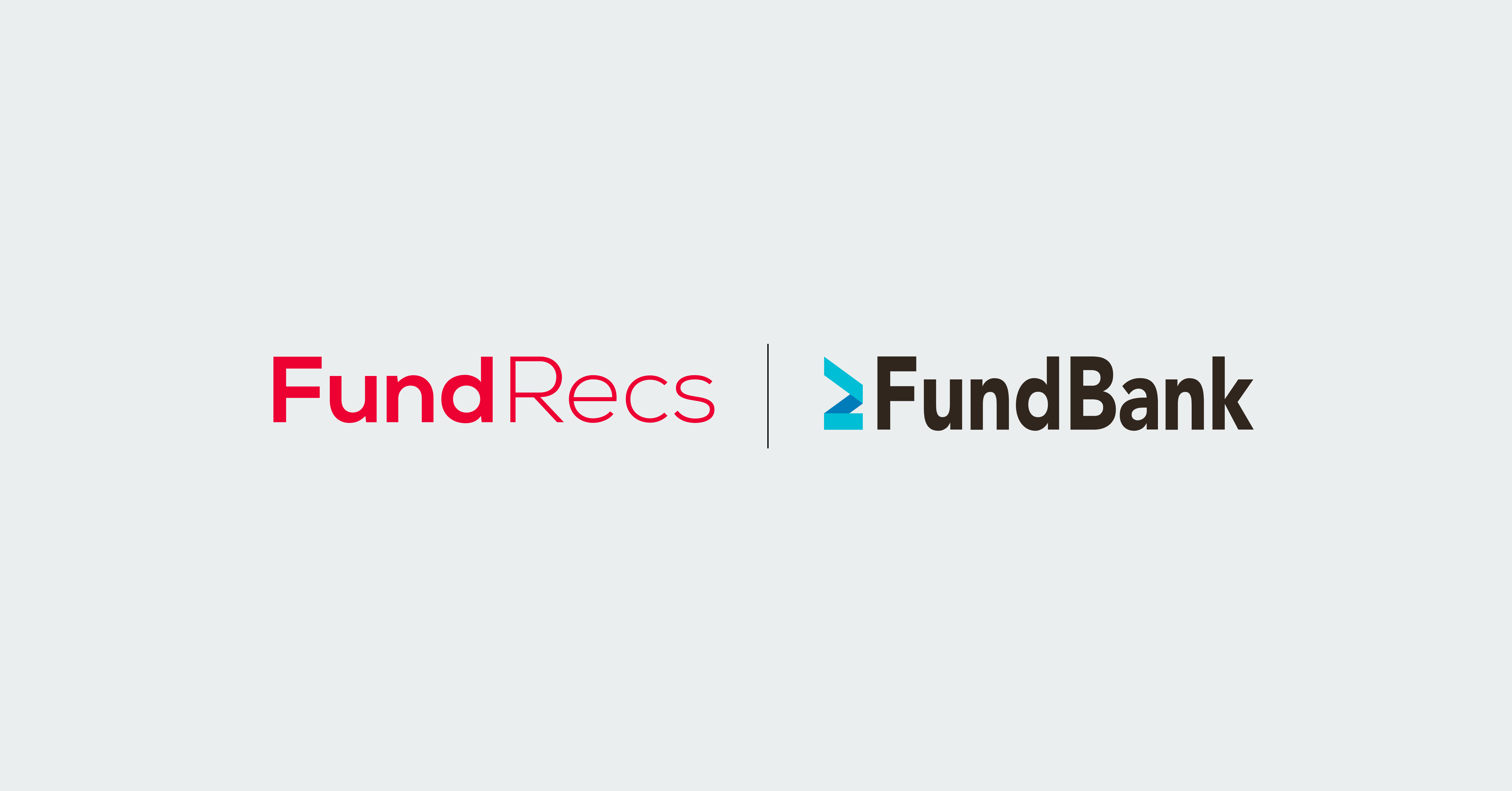The Rise of "No Code" in the Funds Industry


Software is eating the world
Marc Andreessen’s famous 2011 article in the Wall Street Journal captured the impact that software was having on the world.
His basic premise was software was changing the world as we know it and every company would essentially become a software company.
Indeed, multiple industries are currently being transformed by software. Disruptive technology such as self-driving cars and drone deliveries are going to completely change how we travel and receive deliveries.
The scale of the impact software has had up until now has been limited by one factor, coders, or more specifically a lack thereof.
Anyone that has tried to hire software developers will appreciate that there is a large supply and demand imbalance with fierce competition for talented coders.
This begs the question:
Is the rate of progress directly correlated to the availability of software developers?
Up until recently the answer has been most definitely yes. However, that’s now changing.
The “No Code” movement
Imagine the multiplier effect of putting the power of software into the hands of every person regardless if they know how to code or not.
That’s the essence of the “No Code” movement. It pretty much does what it says on the tin. It allows users to create functionality via a GUI (Graphical User Interface) previously only achievable by writing lines of code.
Over the last 12-18 months we’ve been using an ever-increasing number of “No Code” tools to automate processes and run Fund Recs more efficiently.
Tools like Zapier allow us to connect data between different systems APIs we use to run and manage our business.
For example, any time Fund Recs gets mentioned on twitter, a person downloads one of our whitepapers or signs up to our WhatsApp Funds event guide it automatically generates a notification to the relevant channel on our team Slack (Internal team chat).
This notification can then be used as a trigger to populate other systems. For example, we could take the contact details of someone that downloads our whitepaper and populate them in our CRM as a lead. All automated without any manual intervention.
Historically I would have needed to get a developer to hard code these integrations between systems and manage any changes to keep them running. There’s also a natural barrier if I need to get help from somebody else to achieve that.
The amazing thing about Zapier and similar “No Code” tools is I can achieve this connectivity myself via point and click without any coding ability. In Zapier’s case I just need to authorize it to poll data via the various applications APIs and then I can pick and choose what data to send where and when.
Five years ago, there were virtually no APIs available in the industry but thankfully we are beginning to see green shoots of change on this front. Both BNP Paribas and SEI Investments have recently made their Fund Administration data available via APIs.
Which, pun intended, connects me nicely to the problem and opportunity faced by the funds industry.
Data and the Funds Industry
The industry standard method for sending data between parties and systems remains mostly file based.
Whether it be custody, trading, regulatory or client reporting, we typically see this data transmitted in one of the following file types: CSV, XLS, SWIFT, PDF, XML etc. Delivery method is a mix of FTP, SFTP, email, web portal or manual upload. As I mentioned earlier, market participants are only starting to open up APIs.
The current situation is pretty much the opposite of an automated, standard workflow.
In a parallel universe somewhere, there is a financial services industry that started with distributed ledger technology instead of SQL databases and the entire system is connected via APIs and runs smoothly and efficiently.
Unfortunately, here on planet Earth we don’t have an opportunity to start with that greenfield site.
What we have instead is a spaghetti junction of intertwined and interdependent systems that need to send and receive data but do not have standardized data connectivity.
Think of some of the different systems you might interact with doing a basic fund NAV:
- Manager trade files received via email from Charles River
- Subscription and redemption trades from HWM Mantra
- Pricing feeds from Bloomberg and IDC
- Custody statements from JPM, Citi and StateStreet
- Reconciliations on Fund Recs
- Corporate Action information from IHS Markit
- Process all above on Advent Geneva
Data, systems and more data. Typically, none of this information is standard and you’ll have to adapt the data from the source format to the format required for the next stage of the process.
Hands up who has an excel macro doing some sort of data manipulation.
A coding nightmare to create and manage the data feeds. Often supplemented with manual data manipulation to handle edge cases like PDFs or enriching data.
We’ll just get them to send the data in our format. Problem solved, right?
I’m afraid not. Most external sources are unwilling or unable to provide this customisation to multiple downstream receivers of data. Also, in most cases there is no commercial incentive to do so.
With all these data touch points it’s no wonder the funds industry is as labour intensive as it is.
New clients equal more manual data touchpoints and edge case workarounds. Margins remain tight and software like scalability is not possible.
How can “No Code” can help solve the data problem
As I mentioned earlier, we use several “No Code” tools to help connect systems and automate processes in our business. This gives our team great leverage to achieve more with less but more importantly focus on high value activities like client service and support.
Do you know who is best placed in your organisation to automate processes?
It’s the people that are closest to the problem. Those that see the data daily and know the intricacies, the dependencies and pain points.
Being close to the coalface gives people the insights and incentives to automate manual processes.
Up until now they’ve been limited by an ability to code or the tools at their disposal.
“No Code” tools enable everyone to pipe together these data flows and unlock new levels of automation.
We’ve seen massive upticks in productivity when tools are provided that give people leverage.
Think excel spreadsheets, email or mobile phones. All have changed the way we manage data, communicate and work.
“No Code” has the potential to be the next wave of productivity.
Fund Recs Fusion and “No Code”
I couldn’t discuss this topic without discussing our own contribution to the “No Code” movement – Fund Recs Fusion.
Fusion allows end users, digest, enrich and transform data from any input source regardless of file type and output data in any format downstream.
In effect, it acts a bit like Zapier but for a world where APIs are yet to be standard and the main data transmission method is files such as CSV, XLS, SWIFT, PDF, XML etc.
Fusion allows users to do everything visually on the screen without any coding. Everything uses natural language rules and each time an update is made the user can get a live view of how the data is being changed.
Some current client Fusion use cases
- Take a trade file in SWIFT format, enrich and update the information and send in the required CSV format to a portfolio accounting system.
- Pull various broker dividend statements in different formats (PDF, XLS, CSV) for a fund and combine them in a single report once all received for comparison with Admin data.
- Pull trade confirmations from the body of emails and send an output file at set intervals
All of a sudden, using Fusion, an analyst has the ability to receive data from multiple sources in any format and automate the sending of the output to the relevant systems in the required format with any changes needed.
We’ve joined the dots.
No more hard coding interfaces or requesting data in a standard format.
Users don’t have to change the world, we give them the self service tools to make the world work for them.
That’s the power of “No Code” in a nutshell.
Final thoughts
I’m very excited about the potential of the “No Code” movement to empower teams to automate the mundane but essential tasks at their firms.
As a knowledge industry nobody wants to spend hours manually manipulating data daily.
There are much higher valuer tasks we need to focus on.
Firms leveraging “No Code” tools such as Zapier or Fusion will see increased employee satisfaction, a reduction in manual errors, better margins and an opportunity to excel on client delivery.
The next 5 years are going to be very interesting. Strap in for the ride!
If you’d like to know more you can read about Fusion here or email me at alan@fundrecs.com. You can also join in the conversation over on my post on LinkedIn here.


